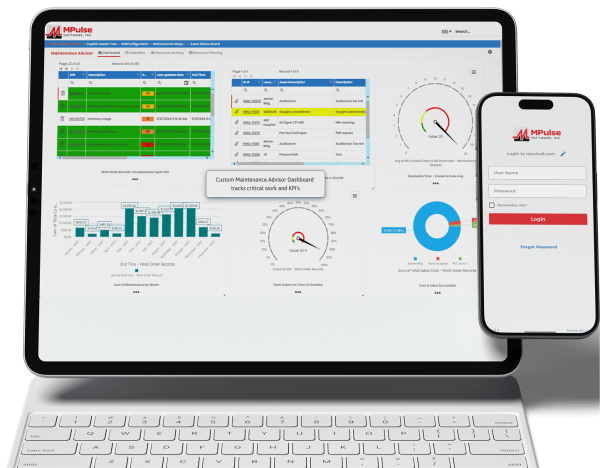Breakdown maintenance, sometimes called run-to-failure maintenance, occurs when an asset completely breaks down and needs repair to resume operation.
In many cases, breakdown maintenance is the default maintenance strategy, particularly for organizations that rely on reactive maintenance.
But sometimes it’s also the right strategy.
Table of Contents
When Should I Use Breakdown Maintenance?
Breakdown maintenance can be planned or unplanned. Maintenance professionals are very familiar with unplanned breakdowns—those are the ones that trigger the anxious phone calls.
But sometimes an organization might choose to let an asset fail. You can use run-to-failure maintenance when there’s no risk to safety due to failure. Some of these assets may include light bulbs, fuses, bolts, hand tools, pumps, batteries, etc. There are many advantages of breakdown maintenance.
You might choose breakdown maintenance as a strategy if the asset…
- has inexpensive parts that are easy to replace
- is not critical to operations
- cannot be replaced because of lack of access
- is disposable
- is designed to have a short lifespan
When Breakdown Maintenance isn’t a suitable option, Preventative Maintenance Software can help mitigate interruptions to business operations.
How Can CMMS Software Help?
As CMMS software gathers data about the type and frequency of breakdowns, it can provide some insight into future events. It also lets you know if the breakdown maintenance procedure is really the right strategy for a particular asset.
Breakdown Maintenance Example
Let’s say you have a machine with a fuse that breaks every 9-10 months. Your organization uses this asset infrequently. It doesn’t directly affect production. You track repairs to this asset with CMMS software, like every asset. Over time you gather information from work orders about the time between breakdowns, the part(s) required, and any instructions or other details from prior replacement.
You can use that information to make sure you have quick and easy access to the part when the time comes, and that the tech responsible for replacement has all the information they need at their fingertips.
Just as you plan for scheduled maintenance, you should also plan for run-to-failure maintenance. That plan includes who will be responsible for the work, what parts they need, and what tasks they need to do. The only difference between planned scheduled maintenance and planned breakdown maintenance should be your knowledge about when the breakdown maintenance is carried out.
Do you use run-to-failure maintenance? Leave a comment or contact us.






